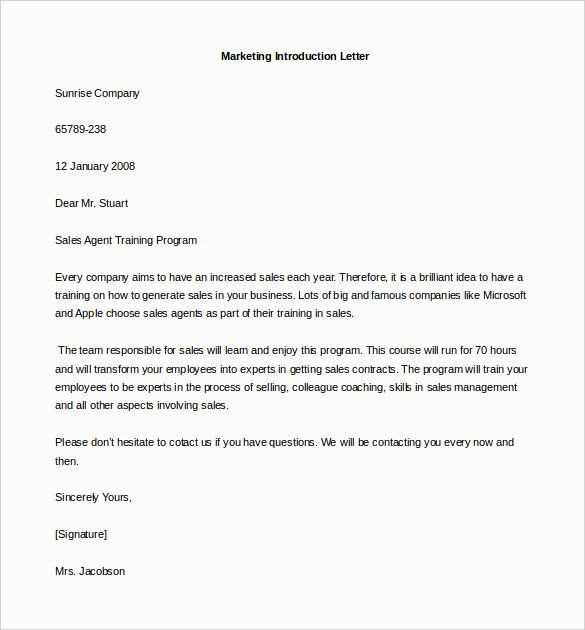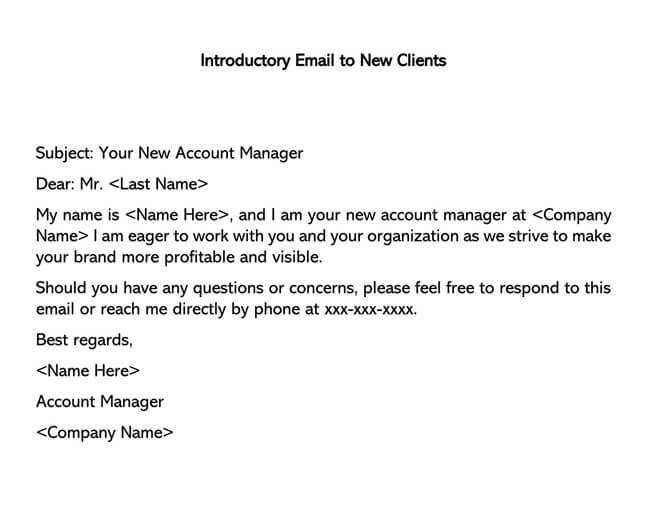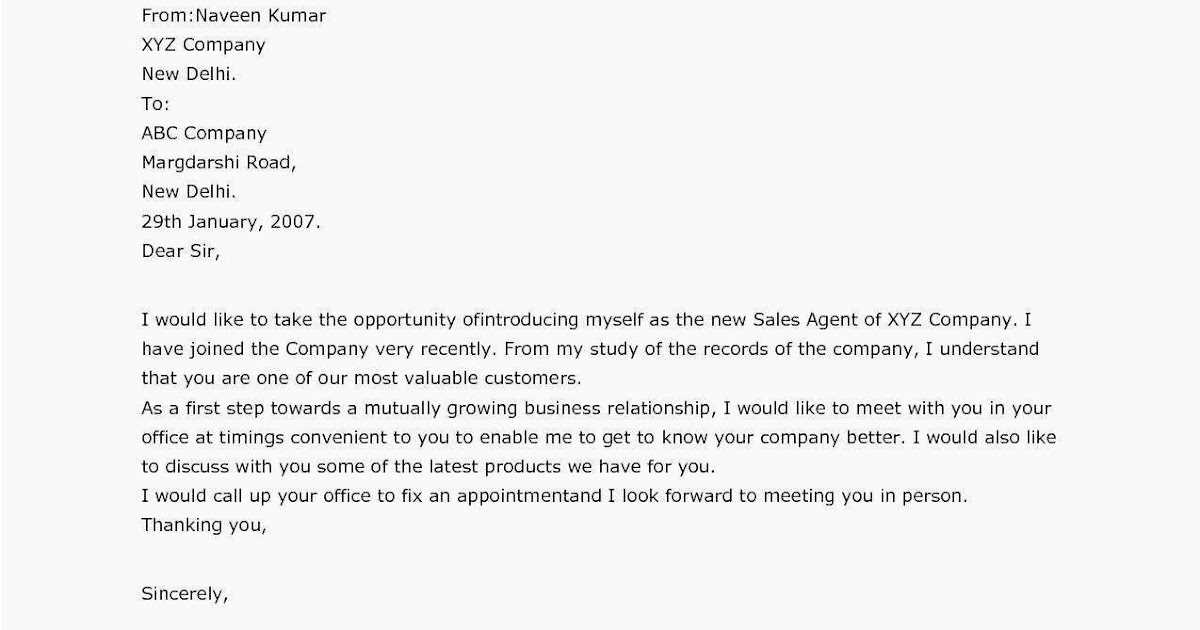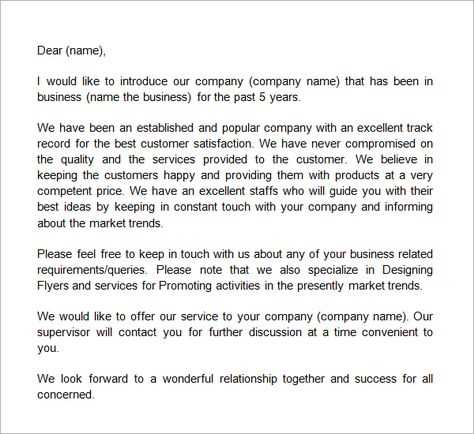Effective Introduction Letter to Clients Template

Establishing a solid relationship with potential business partners or customers is crucial for any professional. The way you introduce yourself or your company can set the tone for future interactions. Crafting a well-thought-out message at the beginning can open doors to successful partnerships and collaborations. Effective communication is the key to making a lasting impression.
When drafting such messages, it’s important to keep in mind the essential components that help convey professionalism and trustworthiness. A clear structure and engaging content can make a difference in how your message is received. Avoiding overly complicated language and staying on point will ensure your communication is both impactful and easy to understand.
In this article, we will explore how to create a message that resonates with your audience, offering practical tips and examples. From choosing the right tone to addressing your recipient’s needs, each aspect plays a role in building a strong foundation for future interactions.
Key Elements of a Strong Letter
To leave a lasting impact, the message you send must be well-crafted and purposeful. A strong communication piece is clear, engaging, and relevant to the recipient. By focusing on several key elements, you can ensure that your message will not only be read but also appreciated by the reader.
Clarity and Conciseness
The primary goal of your message is to convey essential information without overwhelming the reader. Use simple, direct language and avoid unnecessary jargon. A clear structure will help the recipient understand your intentions quickly and efficiently, allowing them to respond accordingly.
Personalization and Relevance

It’s important to tailor the message to the specific individual or organization you are addressing. Show that you’ve done your research by referencing relevant details about their business or needs. This personal touch can make all the difference in making the recipient feel valued and respected.
Common Mistakes to Avoid

When crafting a professional message, it’s easy to make certain missteps that can undermine your intentions. Avoiding common errors will help you come across as more competent and credible, ensuring your communication is well-received. By staying mindful of these pitfalls, you can improve the effectiveness of your outreach.
Lack of Personalization

One of the biggest mistakes is failing to personalize your message. Sending a generic communication without addressing the recipient’s specific needs or interests can make it feel impersonal and detached. Take the time to customize your message to show genuine interest and relevance to the person or organization you’re contacting.
Overcomplicating the Message
Another frequent error is overloading the communication with too much detail or complex language. While it’s important to convey all necessary information, bombarding the reader with excessive content can cause confusion. Stick to the essentials and make sure your points are concise and clear, making it easy for the recipient to grasp your key message quickly.
Best Practices for Professional Tone
Maintaining a professional tone is crucial in any business communication. It ensures that your message is taken seriously and helps build trust between you and the recipient. Striking the right balance between friendly and formal can make your outreach more effective and respectful.
One key practice is to use polite and courteous language throughout. Even when addressing sensitive topics, a respectful tone shows professionalism and encourages a positive response. Additionally, it’s important to avoid overly casual phrases or slang, as these can make you seem unprofessional or unprepared.
Another best practice is to stay focused and clear. A professional tone often involves being straightforward while remaining diplomatic. Avoid rambling or over-explaining, as this can dilute the impact of your message. Keep your sentences simple and to the point, making sure your main points are easily understood.
Improving Client Engagement with Letters
Effective communication is key to building and maintaining strong relationships with business partners. A well-crafted message not only introduces your company but also serves as a tool to engage and build trust. By utilizing engaging strategies, you can foster deeper connections and encourage future collaboration.
Personalized Content for Stronger Connections
To truly connect with the recipient, your message should be tailored to their specific needs and interests. Personalization shows that you’ve taken the time to understand their business, making your communication more relevant and meaningful.
- Address the recipient by name and reference specific aspects of their company.
- Offer solutions or suggestions that directly relate to their current challenges.
- Use language that resonates with their industry or field of expertise.
Clear Call-to-Action for Next Steps
In order to keep the conversation going, it’s important to include a clear call-to-action. Whether you’re suggesting a meeting, offering additional resources, or simply inviting further communication, your message should make it easy for the recipient to take the next step.
- Encourage a meeting or phone call at a convenient time for them.
- Provide contact details or a link to schedule an appointment.
- Offer additional materials for further reading or understanding.